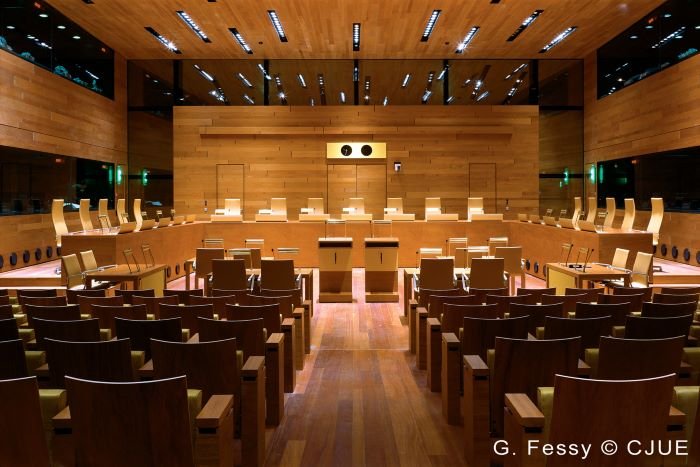News
EU Sanctions by the Numbers: The Depth and Bite in the Russia-Ukraine Conflict

The ongoing conflict between Russia and Ukraine has prompted the European Union to take stinging action through sanctions. By intent, these measures aim to curb Russian actions against its neighbor. But they’re also strategically designed to exert incremental pressure on the Russian economy.
Asset Freezes
The EU’s asset freezes have been a powerful tool in targeting Russian interests. Here are the key numbers:
€21.5 Billion Frozen Assets: The EU has frozen a staggering €21.5 billion worth of assets belonging to Russian individuals and entities. These frozen funds include bank accounts, real estate, and other financial holdings.
Central Bank of Russia Assets Blocked: In addition, the EU and its partner nations have collectively blocked an astounding €300 billion worth of assets held by the Central Bank of Russia. This move significantly restricts Russia’s financial maneuverability.
Banning of Russia-Related Trade
Trade restrictions play a pivotal role in the EU’s sanctions strategy too. Firstly, the EU has imposed sanctions on Russia-based exports amounting to a substantial €48 billion. These restrictions span across various sectors, including energy, minerals, and machinery. Conversely, the EU and its partner nations have taken a firm stance by sanctioning imports worth €91.2 billion from Russia. These measures directly affect goods such as raw materials, machinery, and agricultural products.
Russian Oil-Cap
The EU’s oil-cap coalition aims to control Russia’s oil revenue. Here’s how it breaks down:
Price Caps on Russian Crude Oil: $60 Per Barrel: The EU limits the price of Russian crude oil to $60 per barrel. This cap ensures that Russia cannot exploit soaring oil prices to its advantage.
Discounted Petroleum Products: Other petroleum products, such as refined fuels, face a cap of $45 per barrel.
Premium Petroleum Products: Premium-grade petroleum products are capped at $100 per barrel.
But even as the EU rolls out its 13th package of sanctions against Russia, the implementation gets more complex with each iteration.
Challenges
Despite the EU’s robust sanctions regime, challenges persist. First, there’s implementation complexity. EU officials and courts grapple with the intricate task of implementing sanctions consistently across member states. Varying legal systems and interpretations pose hurdles.
Next, there’s the task of fairly and transparently adjudicating appeals. Appeals from affected parties—both Russian and European—flood the courts. Balancing due process with the urgency of the conflict remains a delicate challenge.
In some cases, the Council of the EU prefers not to wait for the decision of the EU Court and removes sanctions preemptively. In this way, for example, sanctions were lifted from Yandex founder Arkady Volozh and former vice-president of AFK Sistema Sergey Mndoiants. In other cases, the European General Court declares the inclusion on the sanctions list unlawful, but it is not yet known whether the EU Council will actually lift sanctions. The most striking example is the case of Alfa Group co-founders Mikhail Fridman and Petr Aven. Finally, some cases, despite the controversies, have so far been rejected by the EU Court – for example, the case of Russian-Uzbek billionaire Alisher Usmanov.
These diverging verdicts reveal a multifaceted approach—one that bites incrementally while navigating legal complexities. As the conflict persists, the EU will likely continue to adapt its strategy, balancing economic impact with geopolitical imperatives.
-

 News3 months ago
News3 months agoChallenging Stereotypes: Recognizing the Power of Women’s Art
-

 Blog3 months ago
Blog3 months agoFood for Thought: Vikki Nicolai La Crosse Wi Explores The Nutritional Advantages of Eating Organic
-

 Blog3 months ago
Blog3 months agoEnhancing water quality with ilmap’s innovative filter nozzles
-

 Blog3 months ago
Blog3 months agoThe World of Industrial Components: A Closer Look at ISB Industries










